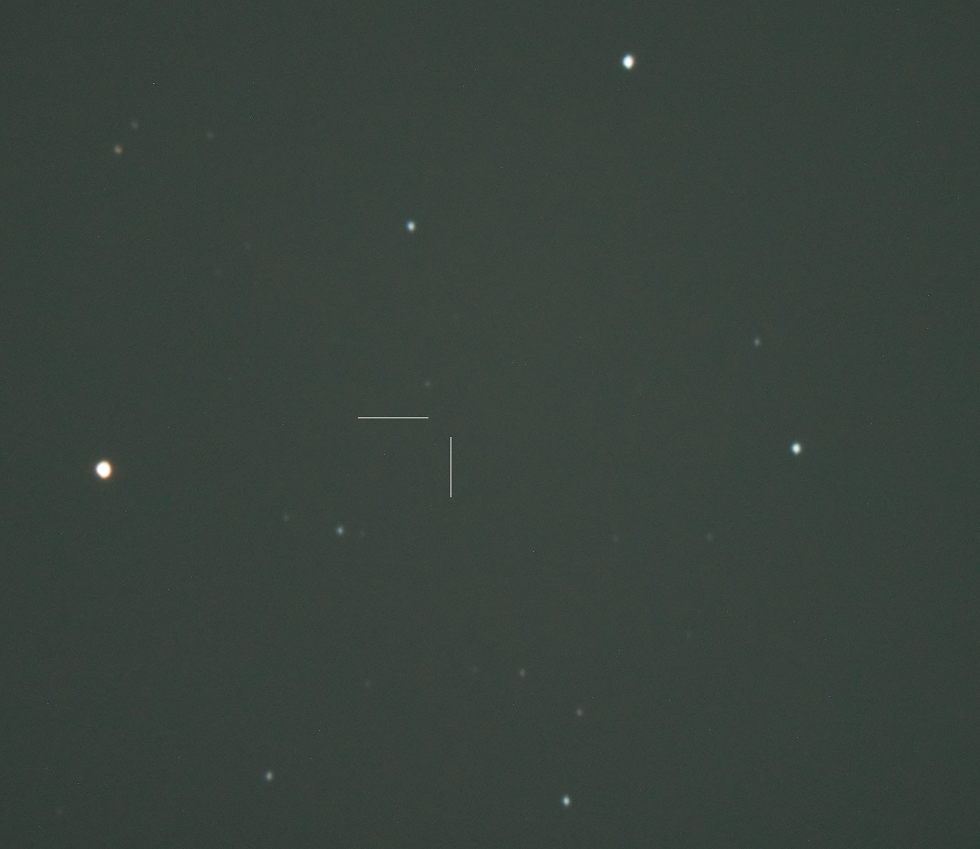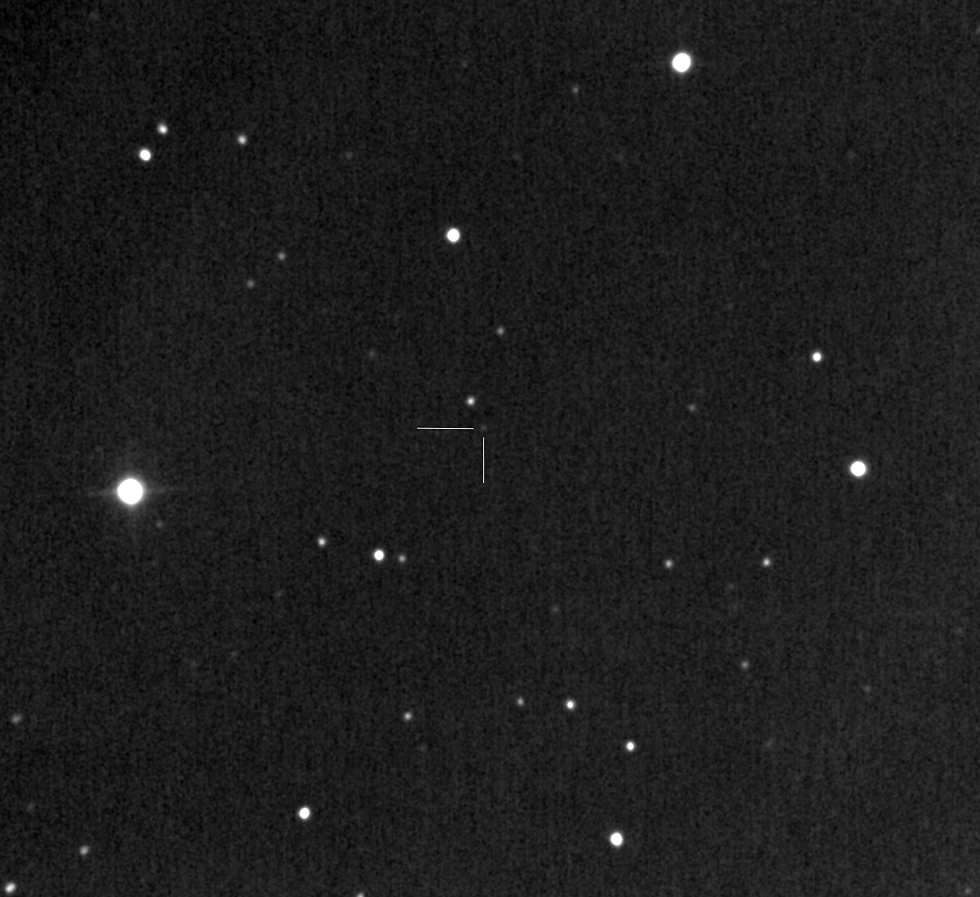Dr. Gerold Holtkamp, 2020.12.24
The first quasar was discovered in 1963. The strong radio source, which has been known for some time, appeared as a point in the optical range, so that it was initially taken for a star. A precise examination of the spectrum showed, among other things, a strong redshift, which meant that the distance was far too great for a star that could still be detected. So this intense radiation source only appeared like a star, i.e. only “quasi stellar”; hence the name quasar.
Our sun has a luminosity of about 10^26 W, while quasars have up to 10^38 W, i.e. they have up to 10^12 times (i.e. 1000 billion times) the luminosity of our sun. That's why they can still be seen over very long distances. These distances are huge even by astronomical standards. No wonder these and related objects have sparked particular interest among astronomers ever since. There are estimates that currently about 1/5 of all scientific astronomical work deals with active galaxies, the parent galaxies of these quasars. Enough motivation to try it yourself. That was the first time on May 14, 2020 with the Recording of QSO J0831+5245.
A new attempt should be started on December 18, 2020. This time the object should be even further away. Unfortunately, such objects are usually fainter. If the light from QSO J0831+5245 with a redshift of z=3.911 had already traveled 12.12 billion years*, it had already traveled 12.43 billion years* for the now selected quasar J0209+0517 with z=4.18, if it reaches our telescope on the Oldendorfer Berg. Unfortunately, the apparent brightness is very low - no wonder considering the distance! The astronomical database Simbad gives a visual magnitude of 17.8 mag. So it wasn't going to be easy.
Technical data:
Telescope Cassegrain, 60 cm mirror diameter
Shapley-Linse
Filter Hutech-IDAS-LPS-D2
Camera Canon EOS 6D
IS0 1600
19 shots with 180s each, darks and flats stacked in Fitswork
In fact, nothing was visible on the individual recordings at first, but after adding the recordings and processing them accordingly, Quasar J0209+0517 emerged from the noise! This recording is, so to speak, my current distance record holder.


